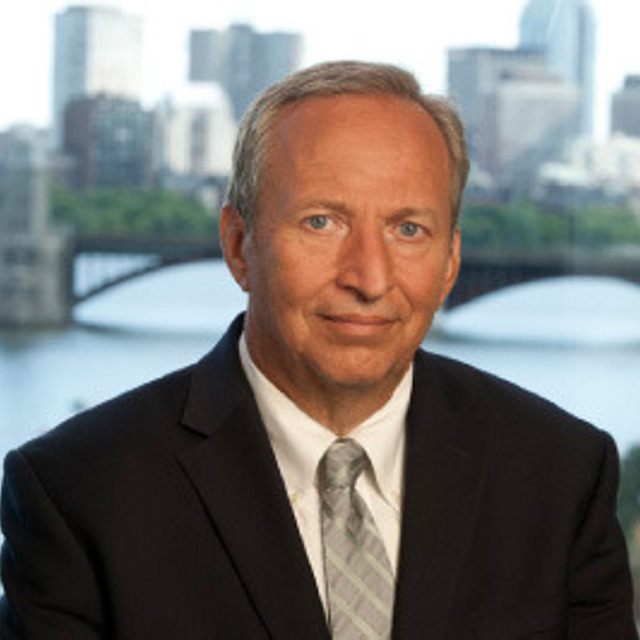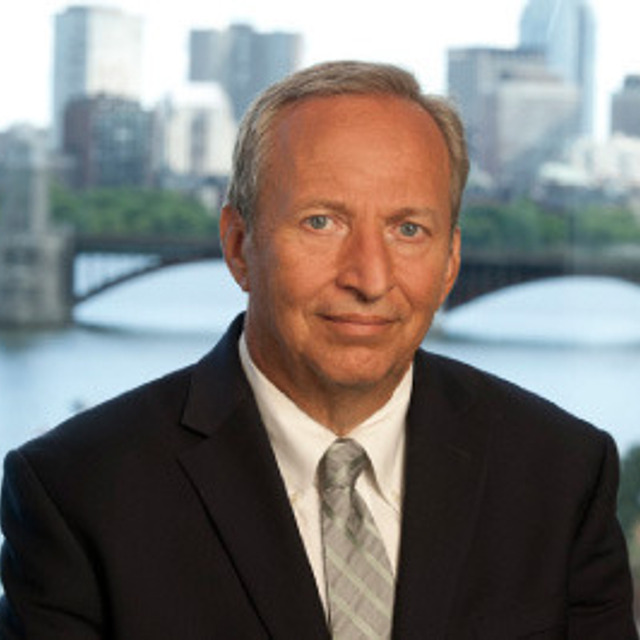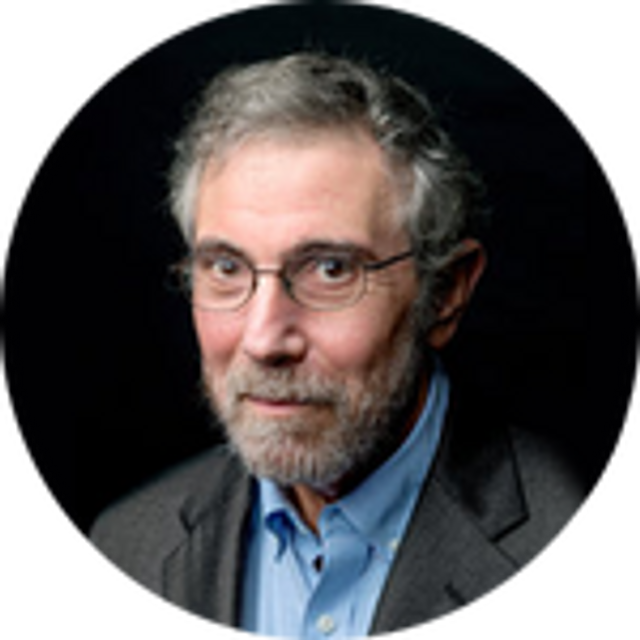래리 서머스, 연준 금리 인상에 부정적
2015. 12. 10. 10:44 - the thinker지난번 포스트에 폴 크루그먼이 연준 금리 인상에 부정적인 의견을 폈었는데, 래리 서머스 역시 같은 의견이다. 나 역시 같은 의견을 가지고 있다. 요약하자면, 과거에 비해 중립적 이자율 - 경기를 부양하지도 억제하지도 않는 이자율 - 이 매우 낮아졌다. 따라서 지금의 이자율 수준이 크게 낮은 수준이 아니다. 하는 것과, 지금의 지표들로 보아 앞으로 수년간 미국 경제가 금리 인상을 감당해낼 수 있다는 자신이 없다는 말이다. 현재의 경제 지표들이 보여주는 경제 상황은 결코 아직 인플레이션의 초입이 아니고, 따라서 12월 금리 인상은 미국을 디플레이션으로 이끌 우려가 있다고 그는 본다.
미국 연방준비제도의 12월 금리 결정이 코앞으로 다가왔다. 한국의 거의 모든 언론이 12월 금리 인상을 예상하는 가운데... 연준이 어떤 결정을 내릴지 주목할 필요가 있다.
Central bankers do not have as many tools as they think
December 6, 2015
The unresolved question is how policy can delay and ultimately contain the next recession
While debate about the relevance of the secular stagnation idea to current economic conditions continues to rage, there is now almost universal acceptance of a crucial part of the argument. It is agreed that the “neutral” interest rate, which neither boosts nor constrains growth, has declined substantially and is likely to be lower in the future than in the past throughout the industrial world because of a growing relative abundance of savings relative to investment.
The idea that real interest rates – that is, adjusted for inflation – will be lower than they have been historically is reflected in the pronouncements of policymakers such as Federal Reserve chair Janet Yellen, the medium-term forecasts of official agencies such as the Congressional Budget Office and the International Monetary Fund and the pricing of government bonds whose payments are tied to inflation.
This is important progress and has contributed to more prudent monetary policies than otherwise would have been made and the avoidance of a deflationary psychology taking hold particularly in Europe and Japan. Policymakers, despite having adjusted their views, still overestimate the extent to which neutral real interest rates will rise.
Neutral real interest rates may well rise over the next few years as the American economy creates jobs at a rapid rate and the effects of the financial crisis diminish. This is what many expect, though the fact that an imminent return towards historically normal interest has been widely expected for the past six years should invite scepticism.
A number of considerations make me doubt the US economy’s capacity to absorb significant increases in real rates over the next few years. First, they were trending down for 20 years before the crisis started and have continued that path since. Second, there is at least a significant risk that as the rest of the world struggles there will be substantial inflows of capital into the US leading to downward pressure on rates and upward pressure on the dollar, which in turn reduces demand for traded goods.
Third, the increases in demand achieved through low rates in recent years have come from pulling demand forward, resulting in lower levels of demand for the future. For example, lower rates have accelerated purchases of cars and other consumer durables and created apparent increases in wealth as asset prices inflate. In a sense, monetary easing has a narcotic aspect. To maintain a given level of stimulus requires continuing cuts in rates.
Fourth, profits are starting to turn down and regulatory pressure is inhibiting lending to small and medium sized businesses. Fifth, inflation mismeasurement may be growing as the share in the economy of items such as heathcare, where quality is hard to adjust for, grows. If so, apparent neutral real interest rates will decline even if there is no change in properly measured rates.
All of this leaves me far from confident that there is substantial scope for tightening in the US and there is probably even less scope in other parts of the industrialised world. The fact that central banks in countries, including Europe, Sweden and Israel, where rates were zero found themselves reversing course after raising rates adds to the cause for concern.
But there is a more profound worry. The experience of the US and others suggests that once a recovery is mature the odds of it ending within two years are about half and of it ending in less than three years over two-thirds. As normal growth is below 2 per cent rather than the historical near 3 per cent, the risk may even be greater. While recession risks may seem remote given rapid growth, no postwar recession has been predicted a year ahead by the Fed, the administration or the consensus forecast.
History suggests that when recession comes it is necessary to cut rates more than 300 basis points. I agree with the market that the odds are the Fed will not be able to raise rates 100 basis points a year without threatening to undermine recovery. Even if this were possible, the chances are very high that recession will come before there is room to cut rates enough to offset it. The knowledge that this is the case must surely reduce confidence and inhibit demand.
Central bankers bravely assert that they can always use unconventional tools. But there may be less in the cupboard than they suppose. The efficacy of further quantitative easing in an environment of well-functioning markets and already very low medium-term rates is highly questionable. There are severe limits on how negative rates can become. A central bank forced back to the zero lower bound is not likely to have great credibility if it engages in forward guidance.
The Fed will in all likelihood raise rates this month. Markets will focus on the pace of its tightening. I hope their response will involve no great turbulence. But the unresolved question that will hang over the economy is how policy can delay and ultimately contain the next recession. It demands urgent attention from fiscal as well as monetary policymakers.
Lawrence H. Summers is the Charles W. Eliot University Professor and President Emeritus at Harvard University. He served as the 71st Secretary of the Treasury for President Clinton and the Director of the National Economic Council for President Obama.
'시황' 카테고리의 다른 글
| 래리 서머스, 연준이 해야 할 일과 실제로 할 일 (0) | 2015.12.16 |
|---|---|
| 래리 서머스, 금리 인상은 아직 확정적이지 않다 (0) | 2015.12.15 |
| 폴 크루그먼도 연준이 금리 인상을 안하는게 낫다는 입장 (2) | 2015.12.07 |
| 미국이 12월 금리인상을 하기는 어려울 것 (0) | 2015.12.06 |
| 브라질 경제, 불황 직면 (0) | 2015.12.02 |



